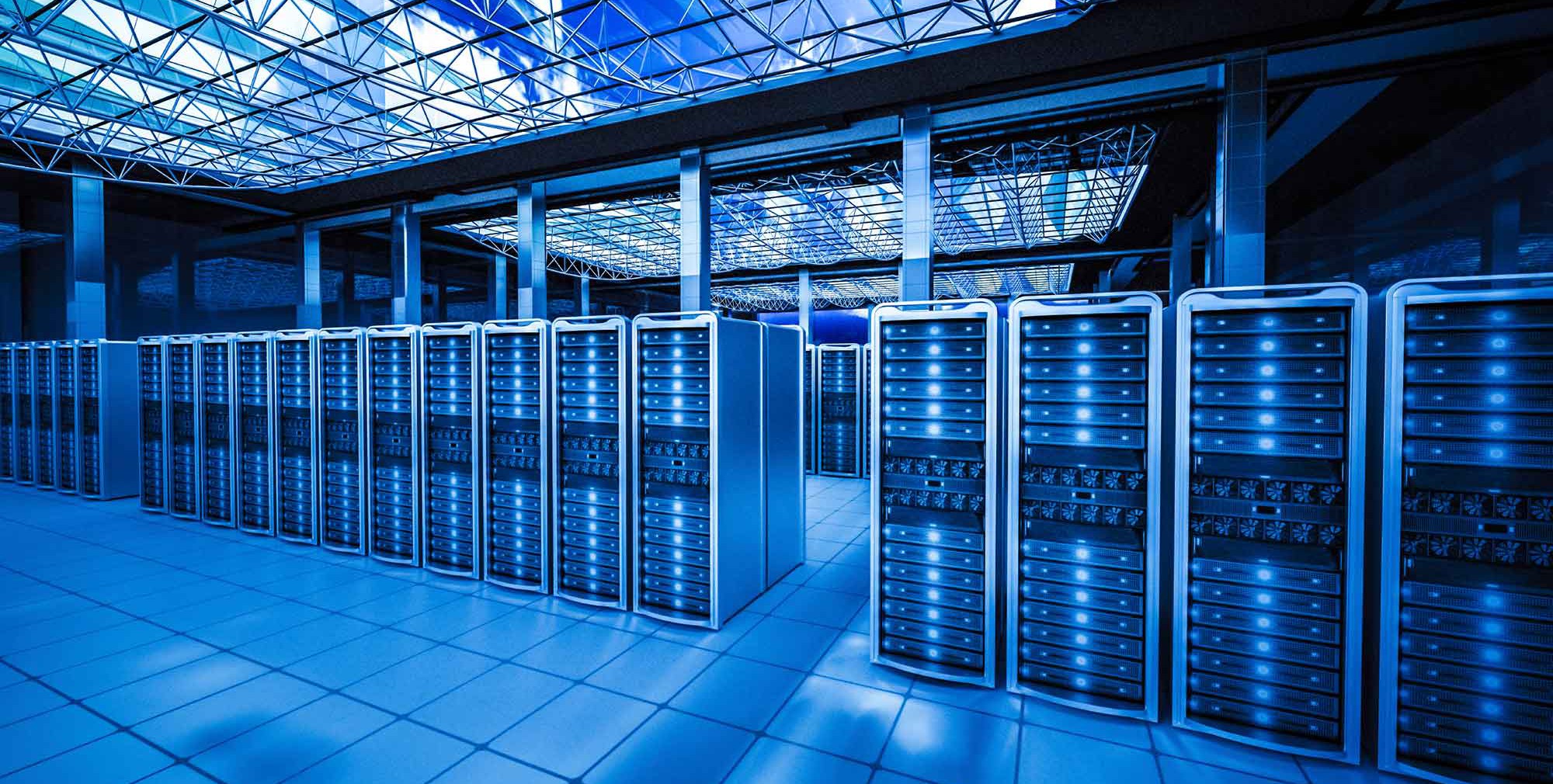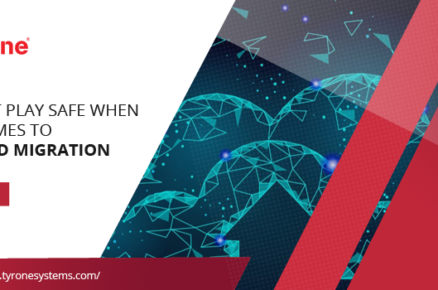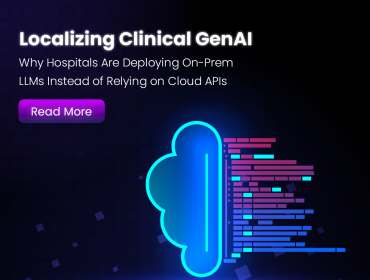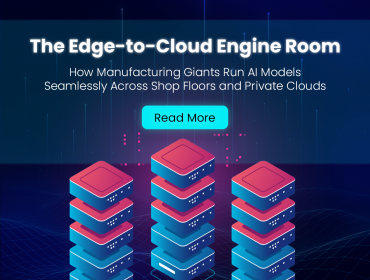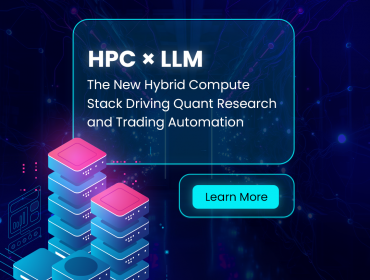The research firm IDC says the “digital universe” – the amount of data we create and copy annually – is doubling in size every 2 years. By 2020 it will multiply 10-fold from 2013, from 4.4 trillion gigabytes to 44 trillion gigabytes, “containing nearly as many digital bits as there are stars in the universe,”
To keep up, data centers will need to become more agile and cost-effective, which is where hyper-converged infrastructure comes in. Hyper-converged infrastructure is the logical extension of converged infrastructure, where all server, storage and networking components are delivered in a single enclosure, complete with a hypervisor and management software.
Before moving forward let’s understand the industry recognised standard definitions of the converged and hyper converged models:
- Hyper-Converged Infrastructure (HCI): The thing that is now cool, replacing all previous cool things that ever were before it. It’s the newborn baby in the family. Grandma and Grandpa are showering it with gifts that it only somewhat knows how to use and understand.
- Converged Infrastructure (CI): That thing that used to be cool before hyper-converged infrastructure became cool. It’s the middle child in the family, still loved, more self-sufficient than ever, but occasionally forgotten. Grandma and Grandpa give it a savings bond for its birthday every year.
The benefits of Hyper Converged Infrastructure are many, beginning with initial deployment. Hyper-converged infrastructure is designed, built and tested in the factory, saving up to 100 hours in initial deployment time along with about 10 hours per month in ongoing management time.
When delivered in a self-contained enclosure, converged infrastructure also eliminates the need for dedicated server rooms, saving thousands in construction costs.
Hyper-converged infrastructure combines the server, storage and hypervisor into a single standalone appliance. Server workloads are all virtualized and the integrated storage is software-defined.
CI typically costs more to procure on day one, as the entire system is usually purchased up front to handle the five-year requirements.
HCI typically costs less to procure on day one, as only a subset of the system is purchased to handle the one-year requirements, but additional purchases are required to cover the remaining four years.
The point is that convergence is a necessity, whether it’s an SMB or a large enterprise. It could a hybrid way forward or just Hyper Convergence, talk to the experts at Tyrone Systems to find the best solution which is most efficient, great on RoI and TCO


